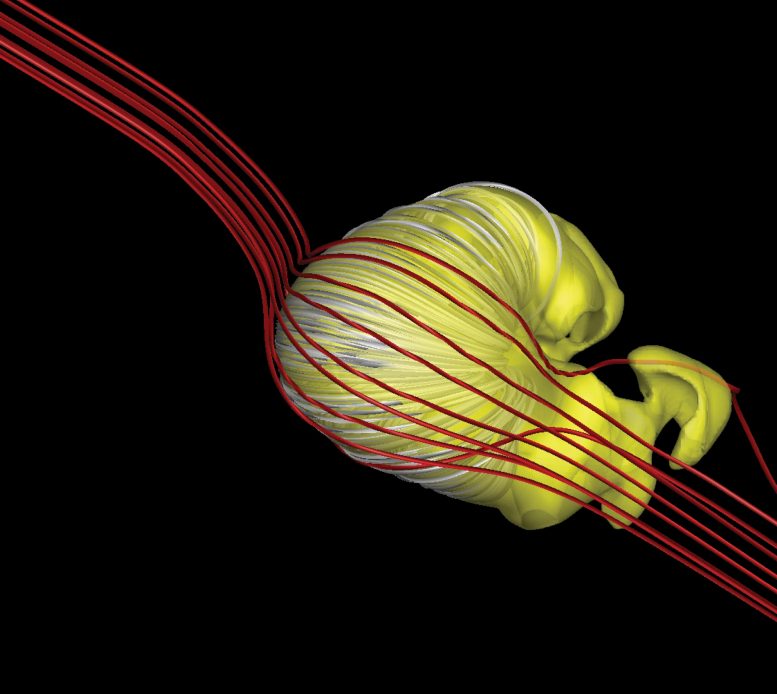
An updated model suggests the shape of the Sun’s bubble of influence, the heliosphere (seen in yellow), may be a deflated croissant shape, rather than the long-tailed comet shape suggested by other research. Credit: Opher, et al
Scientists have developed a new prediction of the shape of the bubble surrounding our solar system using a model developed with data from NASA missions.
All the planets of our solar system are encased in a magnetic bubble, carved out in space by the Sun’s constantly outflowing material, the solar wind. Outside this bubble is the interstellar medium — the ionized gas and magnetic field that fills the space between stellar systems in our galaxy. One question scientists have tried to answer for years is on the shape of this bubble, which travels through space as our Sun orbits the center of our galaxy. Traditionally, scientists have thought of the heliosphere as a comet shape, with a rounded leading edge, called the nose, and a long tail trailing behind.
Research published in Nature Astronomy in March and featured on the journal’s cover for July provides an alternative shape that lacks this long tail: the deflated croissant.
The shape of the heliosphere is difficult to measure from within. The closest edge of the heliosphere is more than ten billion miles from Earth. Only the two Voyager spacecraft have directly measured this region, leaving us with just two points of ground-truth data on the shape of the heliosphere.
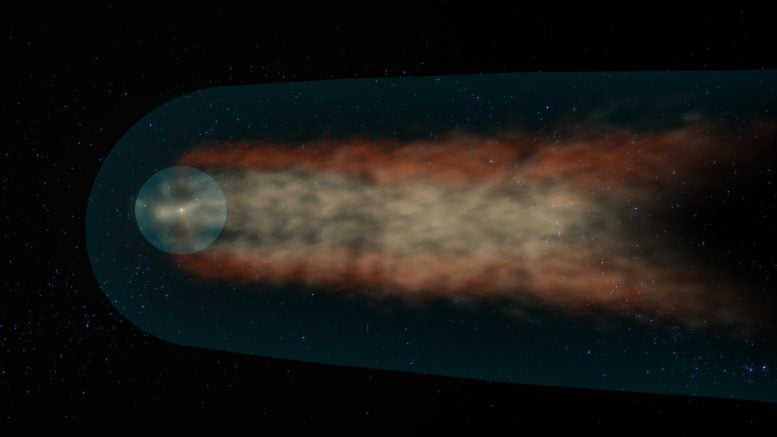
Some research suggests that the heliosphere has a long tail, much like a comet, though a new model points to a shape that lacks this long tail. Credit: NASA’s Scientific Visualization Studio/Conceptual Imaging Lab
From near Earth, we study our boundary to interstellar space by capturing and observing particles flying toward Earth. This includes charged particles that come from distant parts of the galaxy, called galactic cosmic rays, along with those that were already in our solar system, travel out towards the heliopause, and are bounced back towards Earth through a complex series of electromagnetic processes. These are called energetic neutral atoms, and because they are created by interacting with the interstellar medium, they act as a useful proxy for mapping the edge of the heliosphere. This is how NASA’s Interstellar Boundary Explorer, or IBEX, mission studies the heliosphere, making use of these particles as a kind of radar, tracing out our solar system’s boundary to interstellar space.
To make sense of this complex data, scientists use computer models to turn this data into a prediction of the heliosphere’s characteristics. Merav Opher, lead author of the new research, heads a NASA- and NSF-funded DRIVE Science Center at Boston University focused on the challenge.
This latest iteration of Opher’s model uses data from NASA planetary science missions to characterize the behavior of material in space that fills the bubble of the heliosphere and get another perspective on its borders. NASA’s Cassini mission carried an instrument, designed to study particles trapped in Saturn’s magnetic field, that also made observations of particles bouncing back towards the inner solar system. These measurements are similar to IBEX’s, but provide a distinct perspective on the heliosphere’s boundary.
Additionally, NASA’s New Horizons mission has provided measurements of pick-up ions, particles that are ionized out in space and are picked up and move along with the solar wind. Because of their distinct origins from the solar wind particles streaming out from the Sun, pick-up ions are much hotter than other solar wind particles — and it’s this fact that Opher’s work hinges on.
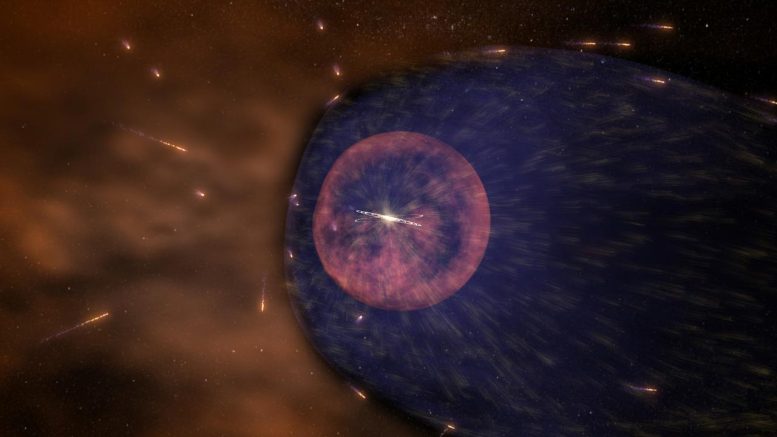
Our heliosphere blocks many cosmic rays, shown as bright streaks in this animated image, from reaching the planets of our solar system. Credit: NASA’s Goddard Space Flight Center/Conceptual Image Lab
“There are two fluids mixed together. You have one component that is very cold and one component that is much hotter, the pick-up ions,” said Opher, a professor of astronomy at Boston University. “If you have some cold fluid and hot fluid, and you put them in space, they won’t mix — they will evolve mostly separately. What we did was separate these two components of the solar wind and model the resulting 3D shape of the heliosphere.”
Considering the solar wind’s components separately, combined with Opher’s earlier work using the solar magnetic field as a dominant force in shaping the heliosphere, created a deflated croissant shape, with two jets curling away from the central bulbous part of the heliosphere, and notably lacking the long tail predicted by many scientists.
“Because the pick-up ions dominate the thermodynamics, everything is very spherical. But because they leave the system very quickly beyond the termination shock, the whole heliosphere deflates,” said Opher.
The shape of our shield
The shape of the heliosphere is more than a question of academic curiosity: The heliosphere acts as our solar system’s shield against the rest of the galaxy.
Energetic events in other star systems, like supernova, can accelerate particles to nearly the speed of light. These particles rocket out in all directions, including into our solar system. But the heliosphere acts as a shield: It absorbs about three-quarters of these tremendously energetic particles, called galactic cosmic rays, that would make their way into our solar system.

To understand the potential habitability of exoplanets, it can help scientists to know if our heliosphere more closely resembles the relatively shortened astrosphere of BZ Cam (left), the long astrosphere of Mira (right), or has another shape entirely. Credit: ASA/Casalegno/GALEX
Those that do make it through can wreak havoc. We’re protected on Earth by our planet’s magnetic field and atmosphere, but technology and astronauts in space or on other worlds are exposed. Both electronics and human cells can be damaged by the effects of galactic cosmic rays — and because galactic cosmic rays carry so much energy, they’re difficult to block in a way that’s practical for space travel. The heliosphere is spacefarers’ main defense against galactic cosmic rays, so understanding its shape and how that influences the rate of galactic cosmic rays pelting our solar system is a key consideration for planning robotic and human space exploration.
The heliosphere’s shape is also part of the puzzle for seeking out life on other worlds. The damaging radiation from galactic cosmic rays can render a world uninhabitable, a fate avoided in our solar system because of our strong celestial shield. As we learn more about how our heliosphere protects our solar system — and how that protection may have changed throughout the solar system’s history — we can look for other star systems that might have similar protection. And part of that is the shape: Are our heliospheric lookalikes long-tailed comet shapes, deflated croissants, or something else entirely?
Whatever the heliosphere’s true shape, an upcoming NASA mission will be a boon for unraveling these questions: the Interstellar Mapping and Acceleration Probe, or IMAP.
IMAP, slated for launch in 2024, will map the particles streaming back to Earth from the boundaries of the heliosphere. IMAP will build on the techniques and discoveries of the IBEX mission to shed new light on the nature of the heliosphere, interstellar space, and how galactic cosmic rays make their way into our solar system.
Opher’s DRIVE Science Center aims to create a testable model of the heliosphere in time for IMAP’s launch. Their predictions of the shape and other characteristics of the heliosphere — and how that would be reflected in the particles streaming back from the boundary — would provide a baseline for scientists to compare with IMAP’s data.
Read Astrophysicists Reveal a New Model of Our Solar System’s Protective Bubble, the Heliosphere for more on this research.
Reference: “A small and round heliosphere suggested by magnetohydrodynamic modeling of pick-up ions” by Merav Opher, Abraham Loeb, James Drake and Gabor Toth, 16 March 2020, Nature Astronomy.
DOI: 10.1038/s41550-020-1036-0

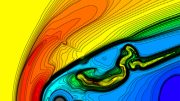
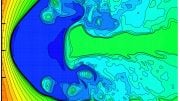
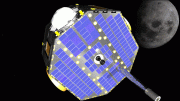
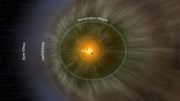
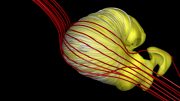
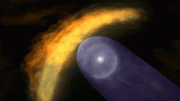
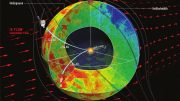
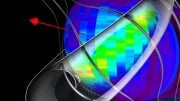
and more importantly, your personal experienceMindfully using our emotions as data about our inner state and knowing when it’s better to de-escalate by taking a time out are great tools. Appreciate you reading and sharing your story, since I can certainly relate and I think both https://kodi.software/ ers can too